Astronomers working with the European Space Agency's XMM-Newton observatory and the LOFAR radio telescope have obtained clear evidence of a violent burst of material hurled into space from a nearby star, a rare event that could have significant implications for the habitability of planets in our galaxy. The coronal mass ejection, which occurred on a red dwarf star located about 100 light-years from Earth, was detected using a combination of radio and X-ray observations.
According to Dr. Olena ShmahaloCallingham, a researcher involved in the study, the eruption was a powerful one, with material being flung out at speeds of up to 3 million kilometers per hour. "This is a really rare event, and it's a great opportunity for us to study the dynamics of coronal mass ejections in detail," she said. The team's findings, which were published in a recent paper, suggest that the eruption was strong enough to strip atmospheres from close-orbiting planets, making them potentially uninhabitable.
The discovery is significant because it highlights the importance of considering the impact of coronal mass ejections on planetary habitability. Red dwarf stars, which are the most common type of star in the galaxy, are known to be active and produce frequent coronal mass ejections. However, the effects of these eruptions on planetary atmospheres have been poorly understood until now.
The study's findings have implications for the search for life beyond Earth. If coronal mass ejections are as common as scientists think, then planets in the habitable zones of red dwarf stars may be far less hospitable than previously thought. "This discovery highlights the need for a more nuanced understanding of the effects of coronal mass ejections on planetary atmospheres," said Dr. ShmahaloCallingham.
The team's use of the LOFAR radio telescope and the XMM-Newton observatory allowed them to detect the coronal mass ejection in unprecedented detail. The LOFAR telescope, which is a network of radio antennas located across Europe, was able to detect the radio signals emitted by the erupting material, while the XMM-Newton observatory provided X-ray observations that helped the team to understand the dynamics of the eruption.
The study's findings are the result of a collaboration between astronomers from the European Space Agency and researchers from several universities. The team's work is ongoing, and they plan to continue studying the effects of coronal mass ejections on planetary atmospheres in the coming years.
In the meantime, the discovery has sparked interest among scientists and the public alike. "This is a really exciting discovery, and it highlights the importance of continued research into the effects of coronal mass ejections on planetary habitability," said Dr. ShmahaloCallingham. The study's findings are a reminder of the complex and dynamic nature of the universe, and the need for continued exploration and discovery.
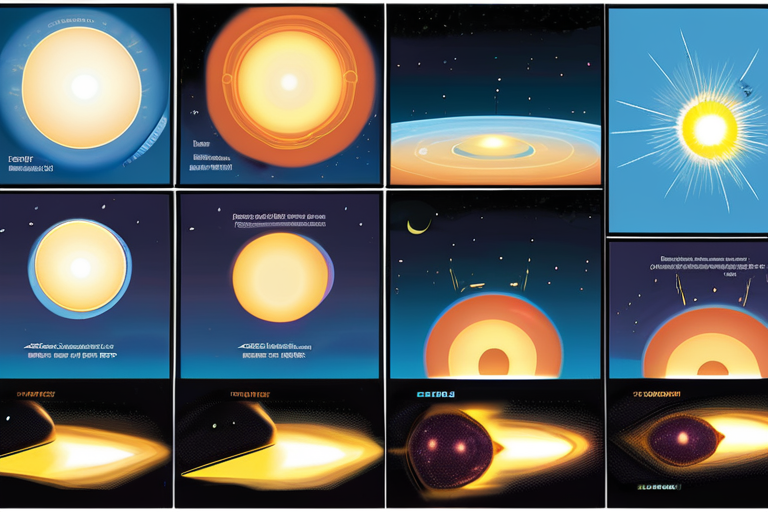




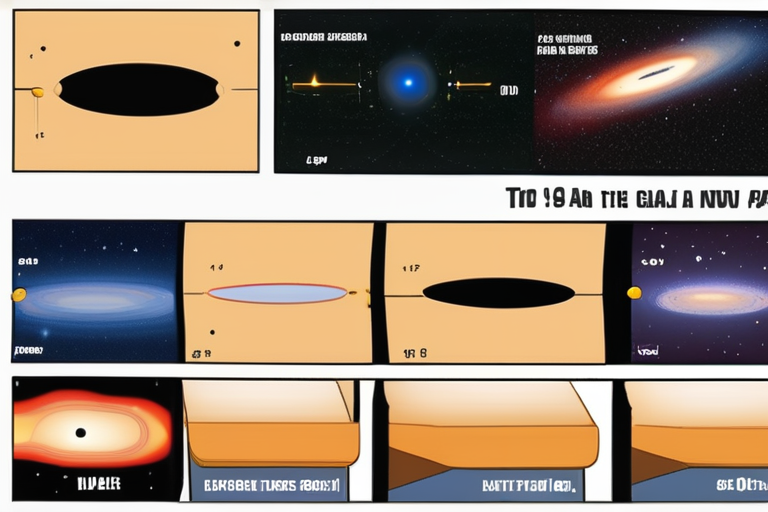

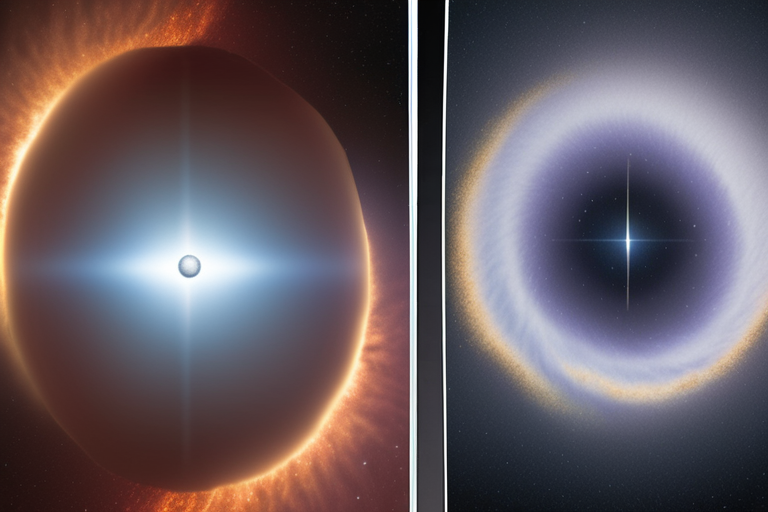

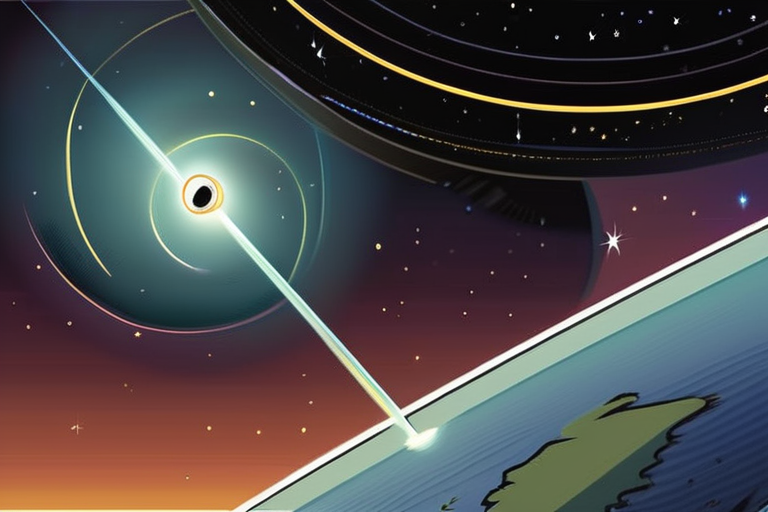

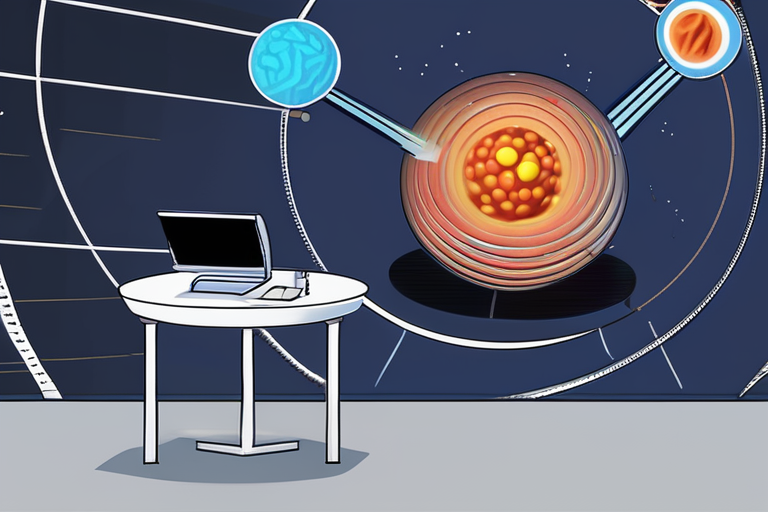




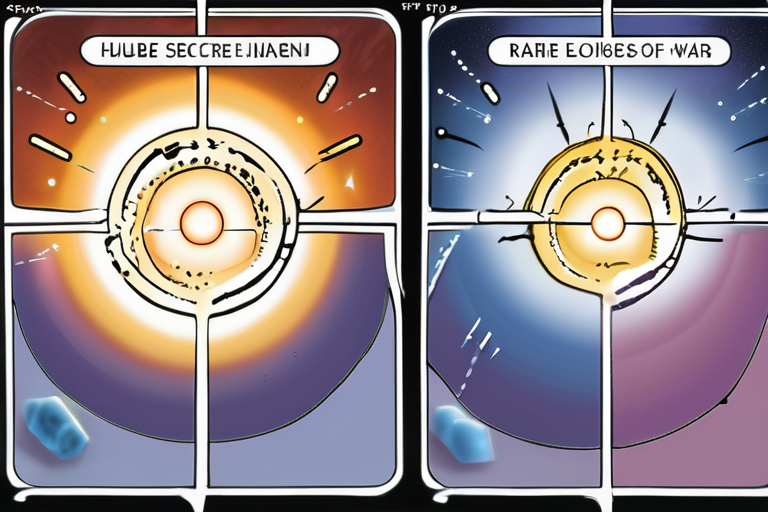

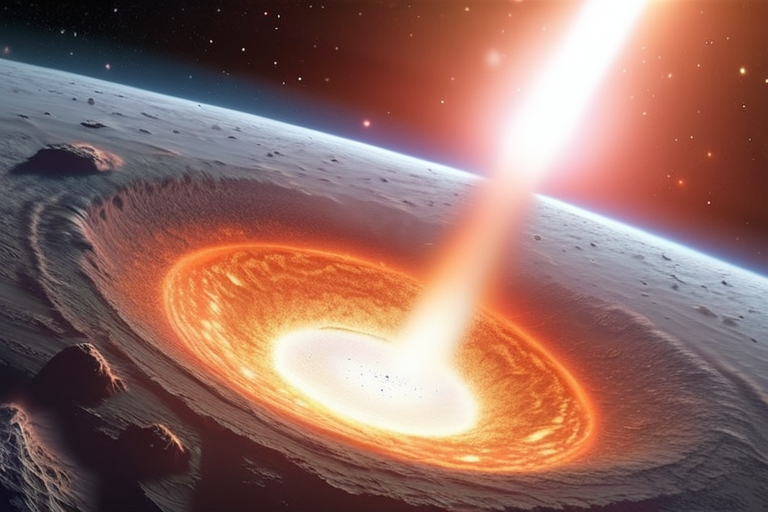

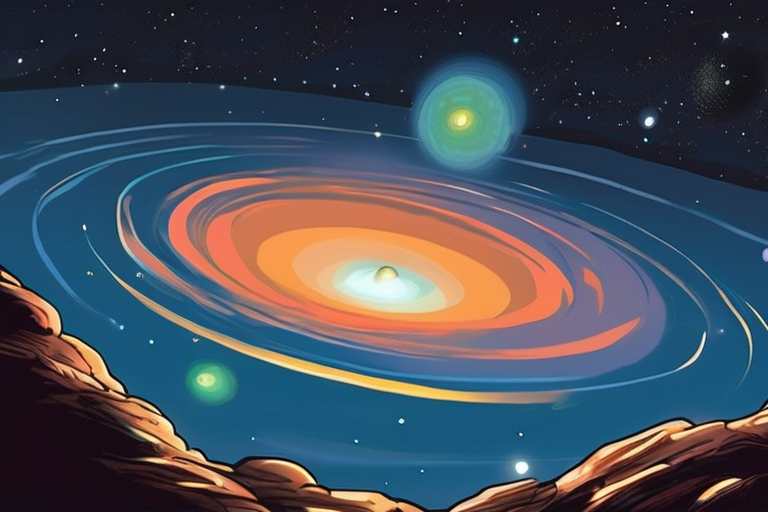
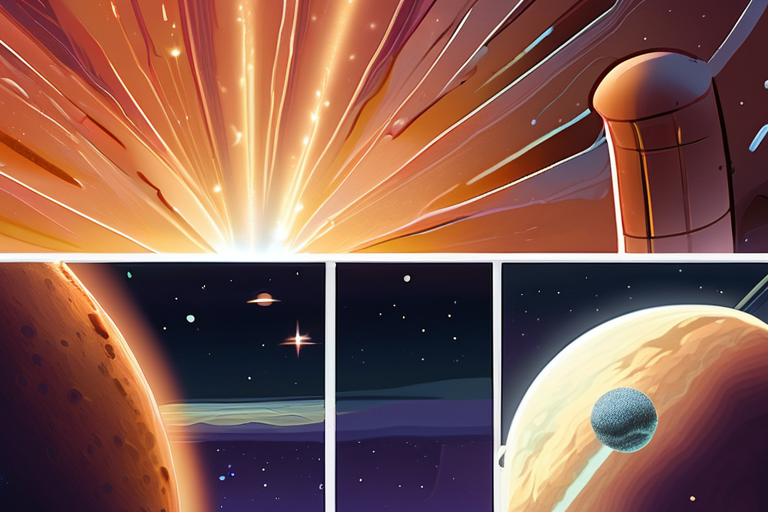

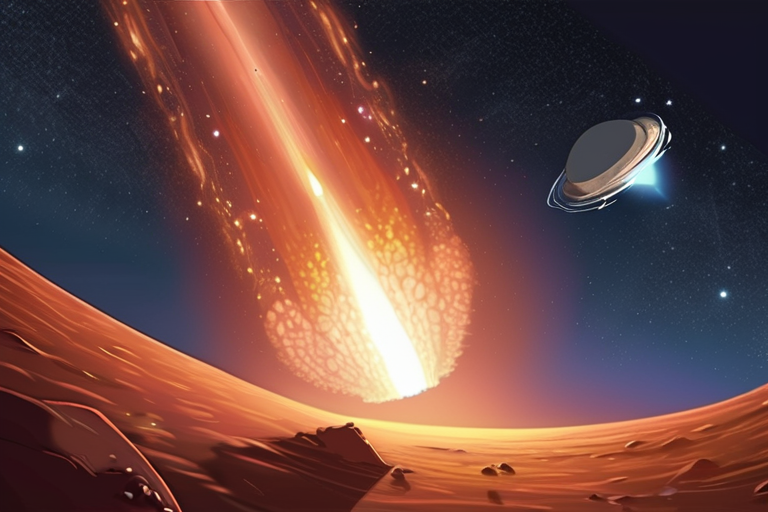


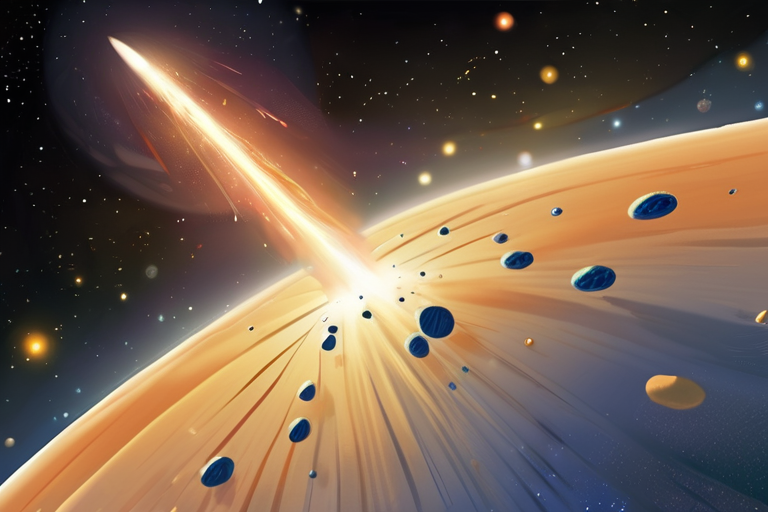
Share & Engage Share
Share this article